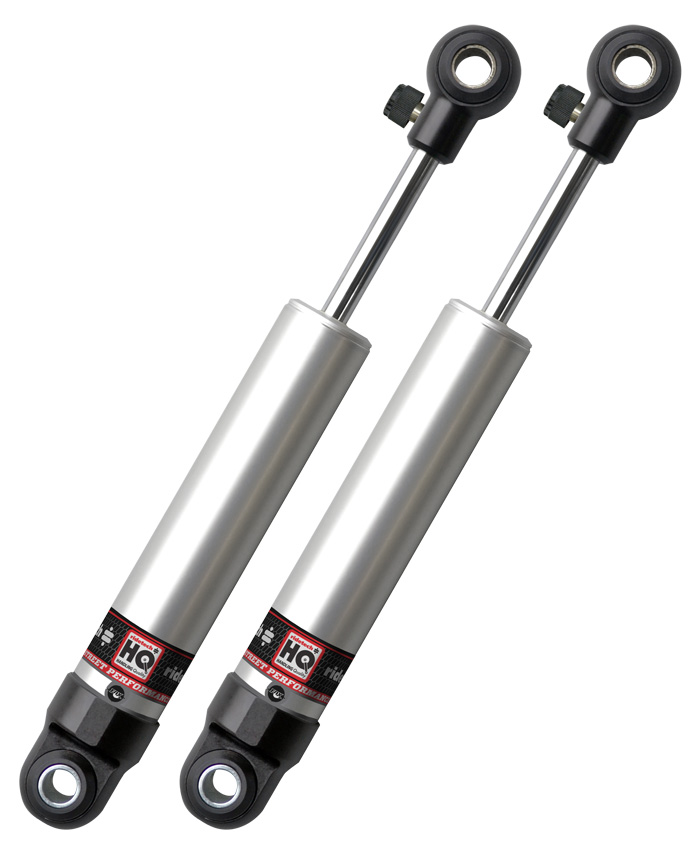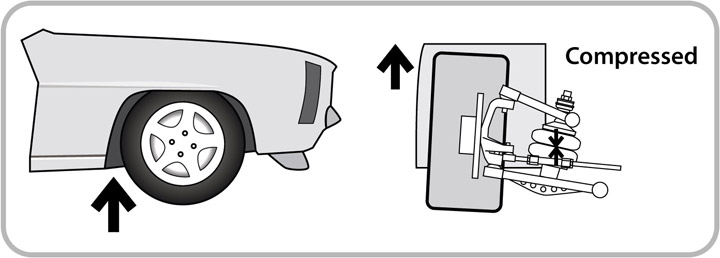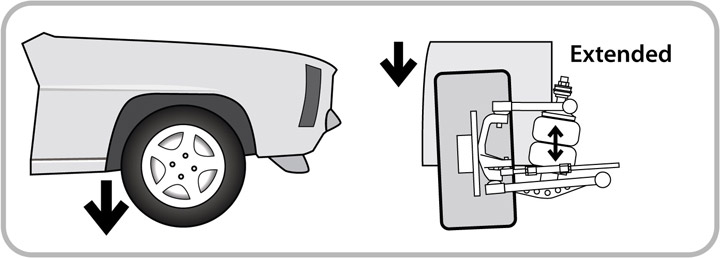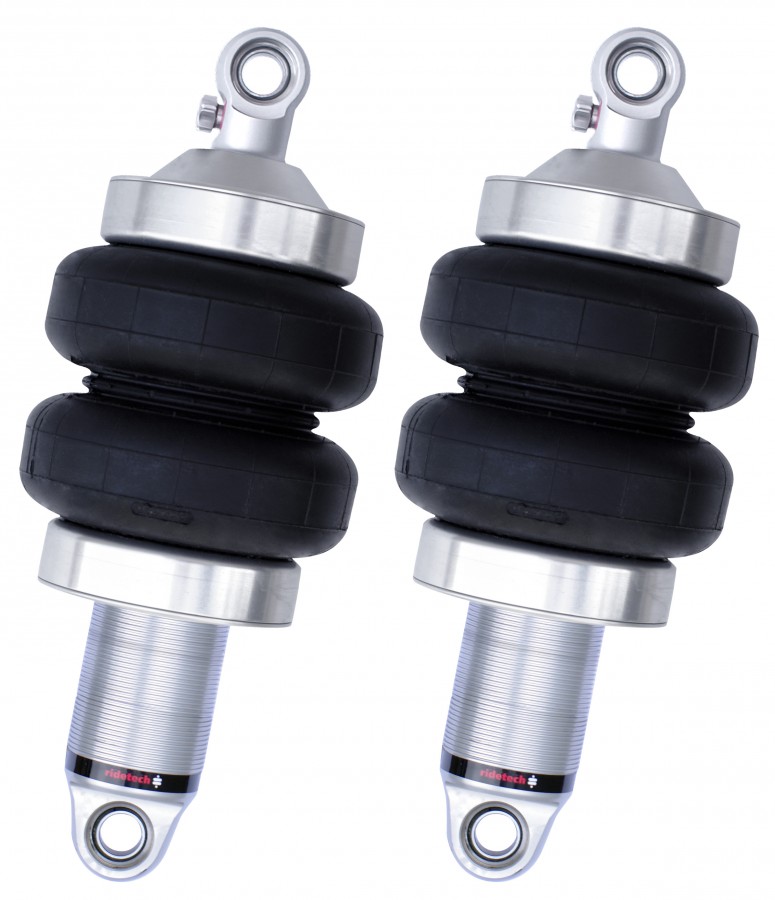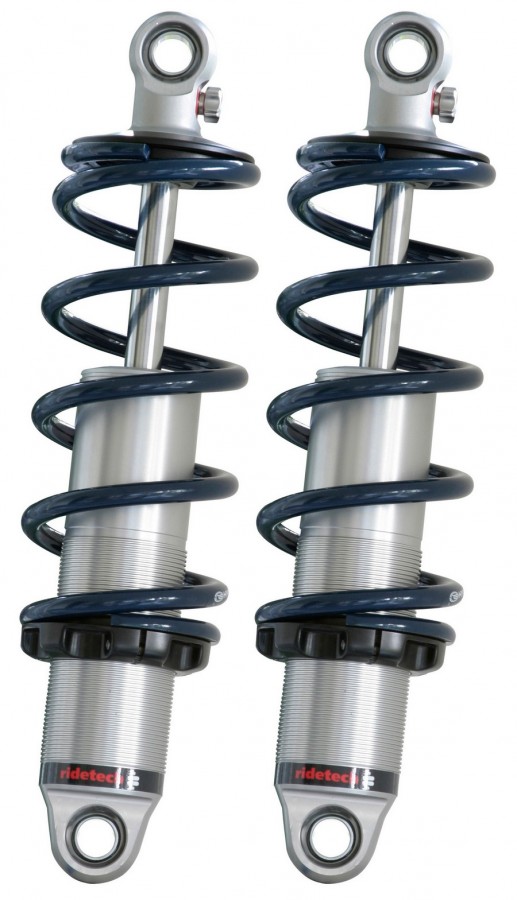One of the biggest improvements you can make on any vehicle is changing the shocks. From changing out worn out shocks on your daily driver, to upgrading the shocks on your performance car. Shocks are what balance the suspension, keep the wheels planted during acceleration, cornering, and braking.
When you upgrade to a performance shock that has tuning capabilities, you can fine tune them for the road ahead. Exactly how do you do that, and how do you know how much adjustment they need?
We caught up with Jason Brady of RideTech who helped to answer our questions. “The physical tuning of shocks is very simple – just turning a knob or two. But knowing how much to turn that knob can be hard depending on the road conditions and your ability to interpret how the car is handling.”
The Basics Of Setting Up Shocks
The two forces that a shock sees are compression, when the suspension compresses and rebound, when the suspension rebounds from being compressed. From a basic non-adjustable shock or a high performance triple adjustable shock, they are all fighting these two forces. To keep things simple, a shock set up for racing will be significantly stiffer than one set up for cruising around on the streets.
“On our shocks, have a total of 24 different presets. We tell users to turn the knob to its fully firm setting, then back off by 10 clicks which is the base line for tuning the shocks,” explained Brady. From here the user should drive the car and see how they like the ride along with how the car is performing. “It’s very simple from here, if the ride quality is too harsh, soften the rear shocks. If the front end is too bouncy, stiffen up the front shocks,” continued Brady.
The rear shocks are what have the most influence on ride quality because you sit closer to the rear of the car than the front end. Another point to consider is that the front shocks will have a much firmer setting than the rears because the shocks are fighting the extra weight of a motor and transmission. Jason explained that “the front shocks will generally need 3-4 clicks of adjustment in any direction to be felt, while the rears will only need 2 clicks of adjustment.”
Setting Up Triple Adjustable Shocks
If a dual adjustable shock adjusts compression and rebound, what could a third adjustment knob do? “With a triple adjustable shock, we have a single rebound, but break out the compression between a high-speed and low-speed adjustment knobs,” explains Brady. For these shocks, you’ll want to start by setting both the high speed and low speed compression knobs to the firmest setting.
Then you’ll turn the low speed compression knob softer by 10 clicks for a front shock and 15 clicks for a rear shock. For the high speed adjustment knob you’ll turn it softer by 15 clicks for the front and 20 clicks for the rear. Hop in the car and go for a test drive. If it feels too harsh, soften the low speed compression knob. “If you like how the car rides but maybe you’re bottoming out on speed bumps or pot holes, try softening the high speed compression adjustment. The high speed compression adjustment will influence the events where shock piston velocity may exceed 20 in/sec. This will have a minimal effect on the low speed circuits that influence general handling and ride quality,” Brady further explains.
Regardless if your ride has single, dual, or triple adjustable shocks, these same principals will apply. Remember that you can’t hurt anything by turning these knobs – turn away and see how the car handles. A combination of that and seat time is the only thing that’s going to help you make the right adjustments for maximum effectiveness at the track!


